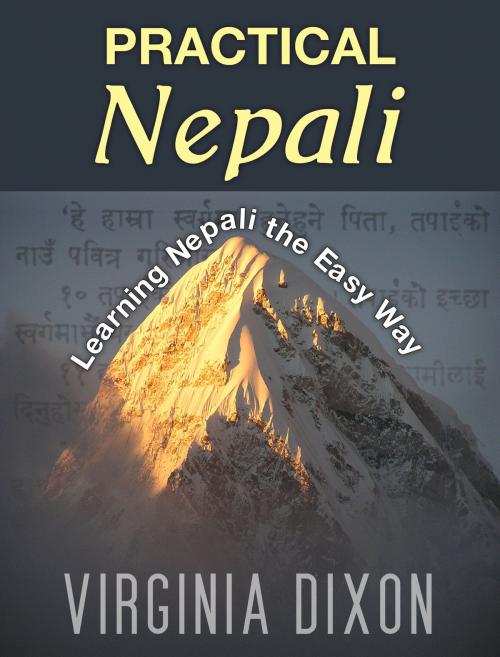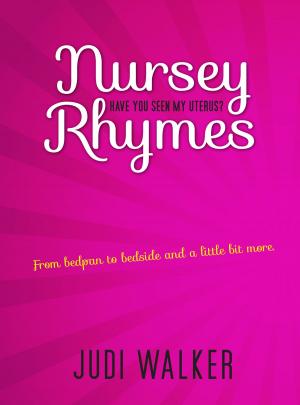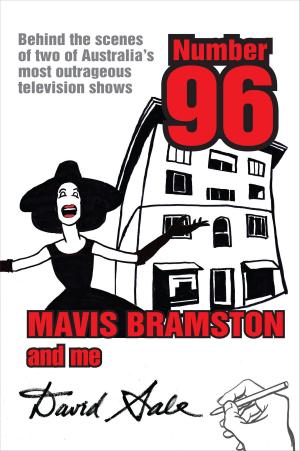Practical Nepali
Learning Nepali the Easy Way
Nonfiction, Reference & Language, Foreign Languages, Indic & South Asian Languages| Author: | Virginia Dixon | ISBN: | 9781922204844 |
| Publisher: | Vivid Publishing | Publication: | June 6, 2013 |
| Imprint: | Language: | English |
| Author: | Virginia Dixon |
| ISBN: | 9781922204844 |
| Publisher: | Vivid Publishing |
| Publication: | June 6, 2013 |
| Imprint: | |
| Language: | English |
This book is an ideal beginning for those who are trekking, travelling, working or volunteering in Nepal, whose priority is to speak and understand everyday Nepali. To speak perfect Nepali, it is essential to learn the Nepali script and come to terms with the pronunciation. Mastery of the content of this book will enable you to communicate practically and effectively on a wide range of everyday subjects. This book has been written in what the author has termed ‘Neplish’ - essentially Nepali words written phonetically in English. ‘Practical Nepali’ has been arranged into 6 sections: an introductory part which covers ‘contents’, ‘acknowledgements’, ‘introduction’, ‘tips on getting started’, ‘pronunciation’ and ‘word order’ and a second part that covers ‘vocabulary’ and minor grammar’. Examples of phrases are included within each of the 12 vocabulary sections, all of which cover a particular topic. The third part includes 34 aspects of ‘major’ or ‘universal grammar’ which makes deciphering and learning the language much easier. The fourth part deals with verbs, verb tenses and their conjugations and the fifth part covers ‘special usage of verbs’ - some verbs have multiple meanings and can mean different things when combined with other words. Studying this book will not only enable you to communicate adequately on a wide range of everyday subjects, but your purchase will also benefit wonderful work being done in Nepal. Part of the author’s motivation in turning her Nepali language lessons into a published form was to provide an income for three charities she supports and to supplement the income of two wonderfully patient men – Saila and Mohan – who helped Virginia over the course of many visits, learn the language. 50% of the proceeds of this book are being donated – 10% each to three charities doing wonderful work in Nepal (‘The Australian Himalayan Foundation’, ‘Classrooms in the Clouds’ and ‘Langtang Valley Health (Australia)’ and 10% each to Saila and Mohan in appreciation of everything they taught me. Once this e-book is in circulation the author intends to start work on an accompanying dictionary and one day hopes to read and write Nepali…that may be another book!
This book is an ideal beginning for those who are trekking, travelling, working or volunteering in Nepal, whose priority is to speak and understand everyday Nepali. To speak perfect Nepali, it is essential to learn the Nepali script and come to terms with the pronunciation. Mastery of the content of this book will enable you to communicate practically and effectively on a wide range of everyday subjects. This book has been written in what the author has termed ‘Neplish’ - essentially Nepali words written phonetically in English. ‘Practical Nepali’ has been arranged into 6 sections: an introductory part which covers ‘contents’, ‘acknowledgements’, ‘introduction’, ‘tips on getting started’, ‘pronunciation’ and ‘word order’ and a second part that covers ‘vocabulary’ and minor grammar’. Examples of phrases are included within each of the 12 vocabulary sections, all of which cover a particular topic. The third part includes 34 aspects of ‘major’ or ‘universal grammar’ which makes deciphering and learning the language much easier. The fourth part deals with verbs, verb tenses and their conjugations and the fifth part covers ‘special usage of verbs’ - some verbs have multiple meanings and can mean different things when combined with other words. Studying this book will not only enable you to communicate adequately on a wide range of everyday subjects, but your purchase will also benefit wonderful work being done in Nepal. Part of the author’s motivation in turning her Nepali language lessons into a published form was to provide an income for three charities she supports and to supplement the income of two wonderfully patient men – Saila and Mohan – who helped Virginia over the course of many visits, learn the language. 50% of the proceeds of this book are being donated – 10% each to three charities doing wonderful work in Nepal (‘The Australian Himalayan Foundation’, ‘Classrooms in the Clouds’ and ‘Langtang Valley Health (Australia)’ and 10% each to Saila and Mohan in appreciation of everything they taught me. Once this e-book is in circulation the author intends to start work on an accompanying dictionary and one day hopes to read and write Nepali…that may be another book!















